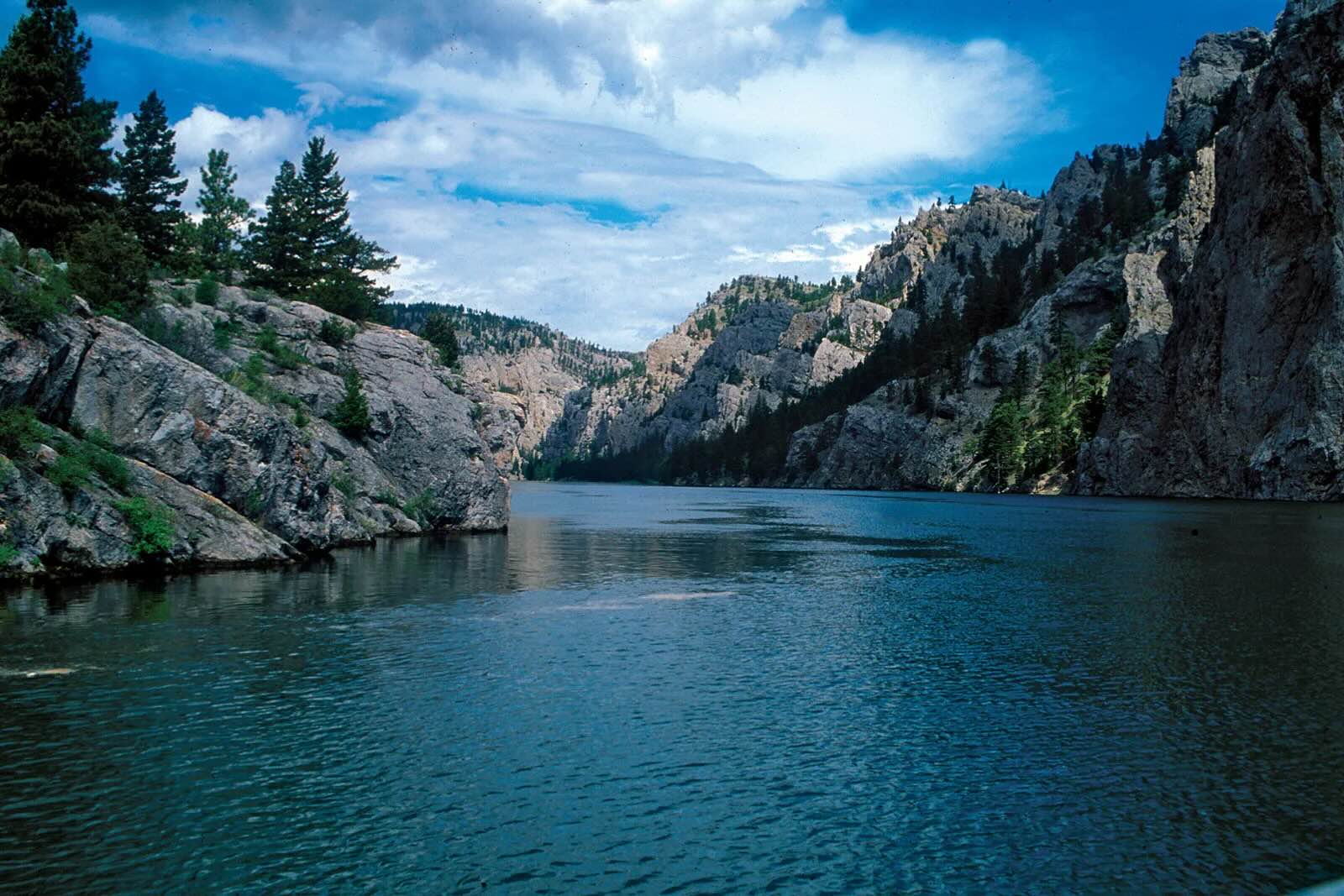Secrets Of Missouri’s Ancient River Trading Routes

Have you ever wondered how ancient traders navigated Missouri's rivers? These waterways were the lifelines of early commerce, connecting distant communities and fostering trade. Missouri's rivers, like the Missouri and Mississippi, played crucial roles in transporting goods such as furs, grains, and minerals. Traders used canoes, flatboats, and keelboats to move their wares, often facing challenges like strong currents and unpredictable weather. These routes weren't just about trade; they also facilitated cultural exchanges, spreading ideas and traditions. Understanding these ancient river trading routes offers a glimpse into the past, showing how vital these waterways were for early settlers and indigenous peoples alike.
Missouri's Ancient River Trading Routes
Missouri's rivers have been vital for trade and travel for centuries. These waterways connected various communities, allowing them to exchange goods and ideas. Let's explore some key locations along these ancient routes.
1. St. Louis
St. Louis, often called the "Gateway to the West," played a crucial role in river trade. Positioned at the confluence of the Mississippi and Missouri Rivers, it became a bustling hub for traders and explorers.
2. Kansas City
Kansas City, located where the Kansas and Missouri Rivers meet, was another significant trading post. This city grew rapidly as a center for commerce, attracting traders from all over the region.
3. Cape Girardeau
Cape Girardeau, situated along the Mississippi River, served as a vital stop for riverboats. Its strategic location made it a key point for the exchange of goods, especially during the 19th century.
4. Jefferson City
Jefferson City, the state capital, lies on the banks of the Missouri River. This city became an important administrative and trading center, facilitating the movement of goods and people.
5. Hannibal
Hannibal, Mark Twain's hometown, is nestled along the Mississippi River. This charming town was a bustling port, with steamboats frequently stopping to load and unload cargo.
6. New Madrid
New Madrid, located on the Mississippi River's western bank, was a crucial trading post. Its position made it a key point for traders navigating the river's twists and turns.
7. Boonville
Boonville, perched on the Missouri River, was a significant stop for traders heading west. This town's location made it a vital link in the chain of river trade routes.
8. Glasgow
Glasgow, another important town along the Missouri River, played a key role in river commerce. Its strategic position made it a bustling center for trade and transportation.
9. Hermann
Hermann, nestled in the Missouri River Valley, became known for its wine production. This town's river access allowed it to trade its goods far and wide, making it a vital part of the trading network.
10. St. Charles
St. Charles, located on the Missouri River, was the state's first capital. This historic town served as a crucial trading post, connecting various communities along the river.
11. Caruthersville
Caruthersville, situated on the Mississippi River, played a significant role in river trade. Its location made it a key point for the exchange of goods, especially cotton.
12. Washington
Washington, positioned along the Missouri River, was a vital trading hub. This town's river access allowed it to thrive as a center for commerce and transportation.
13. Lexington
Lexington, located on the Missouri River, was an important stop for traders. This town's strategic position made it a key point in the network of river trade routes.
14. Louisiana
Louisiana, Missouri, situated on the Mississippi River, served as a crucial trading post. Its location made it a bustling center for the exchange of goods and ideas.
15. Clarksville
Clarksville, perched on the Mississippi River, played a significant role in river commerce. This town's strategic position made it a vital link in the chain of trading routes.
Missouri's Ancient River Routes: A Timeless Journey
Missouri's ancient river trading routes offer a glimpse into a rich past. These waterways were vital for trade, connecting various tribes and fostering cultural exchanges. The rivers, like the Missouri and Mississippi, served as highways for transporting goods, ideas, and traditions. Exploring these routes today, you can still see remnants of the past in the form of old trading posts and historical markers. Whether you're a history buff or just love a good adventure, these ancient paths provide a unique way to experience Missouri's heritage. So next time you're in the area, take a moment to appreciate the rivers that once played a crucial role in shaping the region's history. They are more than just bodies of water; they are storytellers of a bygone era.

